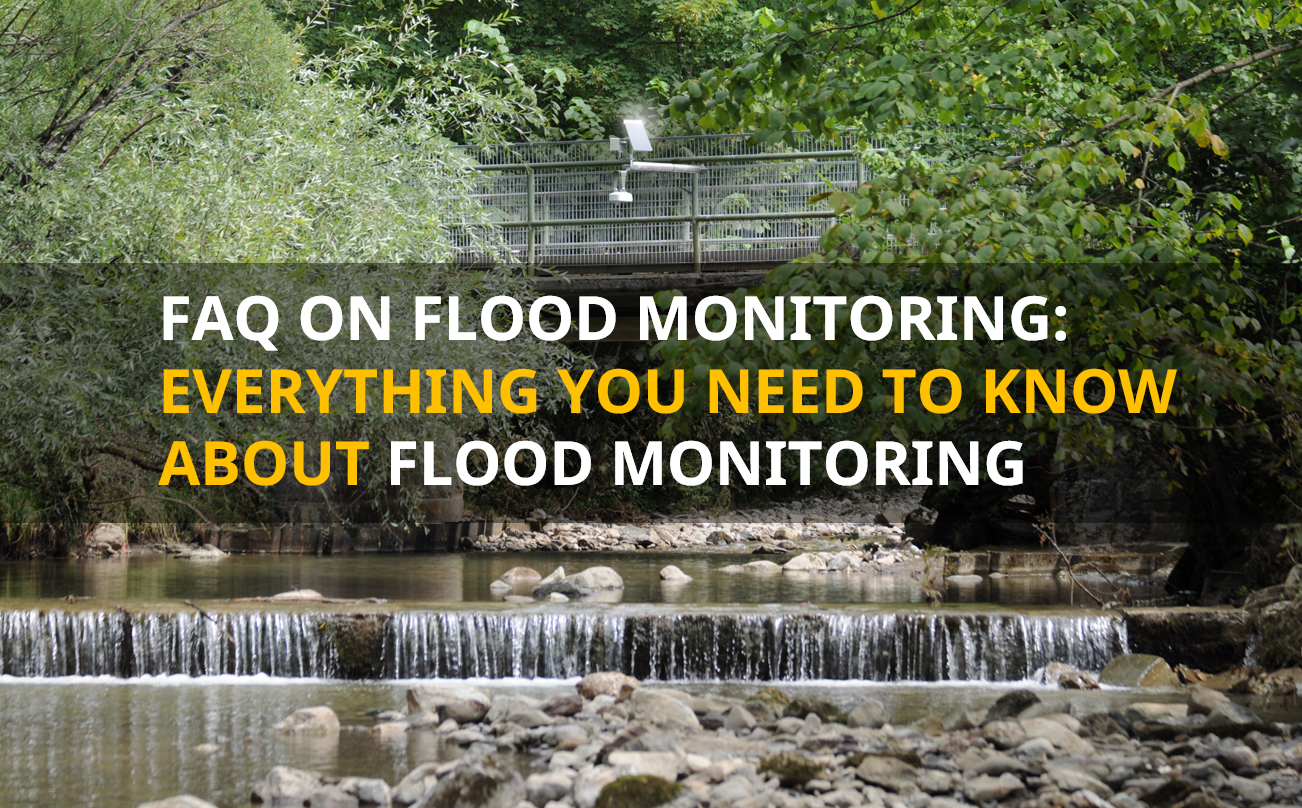If you’re wondering for some time, how the MARWIS or the NIRS31-UMB works, then it is time for this blog post: Here we examine the spectral measurement principle of this great technology more detailed...

Why is the sea blue? In sunny weather and viewed from the outside, due to the reflection of the sky. In reality, the blue results from the fact that different wavelengths (colors) are absorbed, scattered and reflected within water in different degrees. This is based on the so-called Lambert-Beer’s absorption law that says when light travels through a medium it is absorbed. The decrease in the intensity of light along the layer thickness is physically described by a decay function.
But how can we make this effect useful for a diving depth gauge for example? If you use only one single blue light, different water turbidities will prevent the absolute consideration of the intensity. But when using a blue and a red light with different absorption spectra in combination, the water depth measurement becomes independent of water turbidity. There is only the problem left, that different performances and alignments of the lamps would adversely affect the water depth measurement. This can be avoided by a reference measurement for comparison.
But what does this explanation mean for our mobile weather sensor MARWIS? It also works with different absorption spectra of different light wavelengths but they are not reflected in deep water but on the road surface. This results in unknown and also stronger weakening of the signal. In order to compensate this, the MARWIS is equipped with four instead of only two transmitters with different wavelengths as well as two receivers. This allows not only a much more accurate calculation of the water film height and ice percentage but also a better overall statement about the road conditions. The six different optical axes (four transmitters, two receivers) made a complex housing construction necessary. A specific method adjusts the installation position and manufacturing tolerances, which also eliminates the last error sources.
The same measurement principle is applied for our contactless stationary road weather sensor NIRS31-UMB.
I hope this article explores the exciting world of metrology a bit more for you. Additional product information is available on our homepage and on the MARWIS product page.
 |
Informationen zum Autor: My name is Karlheinz Woschée and I was embedded software developer at Lufft from 2013 until 2015, after collecting relevant work experience at other renowned measurement technology companies. At Lufft, I was especially responsible for the development of the mobile road sensor MARWIS, for which I, for instance, implemented the related algorithms and carried out a lot of product tests. |


